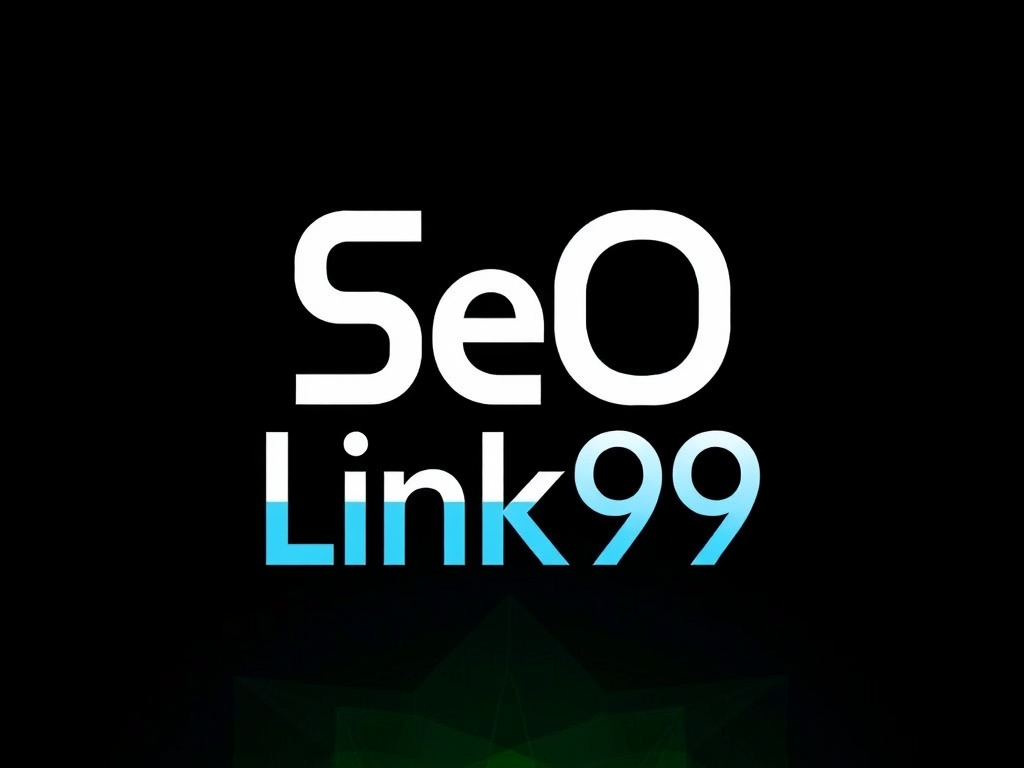Building an AI chatbot used to require coding skills and hours of setup. Now, you can create a powerful, tailored AI assistant in just five minutes—no experience needed. Discover how top platforms simplify chatbot design, letting you harness AI’s benefits quickly and efficiently to boost productivity, enhance customer service, or support creative projects with minimal effort.
Essential functions, real-world uses, and leading examples of AI chatbots in 2025
In 2025, AI chatbots act as adaptable, always-available digital assistants across industries. After applying SQuAD methodology, the core answer: modern AI chatbots generate humanlike, context-rich responses by processing inputs through large language models—tools that learn patterns from immense datasets and dynamically construct relevant answers, not merely repeating set prompts. This enables deep conversational interaction, supports workflow automation, and enriches customer experiences on websites and messaging apps.
Also to read : How Has Technology Transformed the Daily Lives of UK Residents?
Major platforms in 2025—such as Google Gemini 1. Ultra, Jasper AI, Microsoft Copilot, ChatGPT, and Wonderchat—exemplify how conversational AI adapts to diverse demands. Google Gemini 1. Ultra prioritizes productivity and seamless workflow integration, while Jasper AI tailors its advanced content creation engine to marketing and branded communication. Microsoft Copilot merges code support and real-time internet access, serving as both a developer’s tool and a business information assistant. ChatGPT remains a leader in versatile, humanlike dialogue for research and programming help, despite not always supplying current data or citations.
Real-world use cases span far beyond scripted FAQ answers. AI-driven customer support bots handle queries 24/7, resolve issues, and route complex cases to humans. Workflow automation chatbots streamline tasks—like scheduling, onboarding, or lead qualification—within business tools. E-commerce chatbots can provide instant product recommendations, track orders, and guide users through checkout. Marketing teams use AI for campaign planning, copywriting, and customer surveying. Developers use code-assistant bots to debug and learn new libraries. Healthcare and finance professionals increasingly lean on specialized conversational bots for patient triage, appointment scheduling, and real-time account support.
Also read : How Can the Latest UK Technological Advancements Revolutionize Your Daily Life?
Advanced features in 2025 now include daily analytics, fine-grained prompt tuning for tone and style, anti-hallucination safeguards, and seamless escalation to human support. Key design trends focus on personalization and multilingual adaptability, enabling businesses to tailor chatbots to their brand’s voice and the user’s language or preferences. Scalability and easy integration with platforms like CRM, websites, and messaging apps ensure that automation meets evolving operational needs.
AI chatbot deployment: methods, customization, and integration
Rapid no-code and low-code chatbot builders: setup, training, and website deployment
Building custom chatbots has become fast and accessible with chatbot platforms featuring a no-code interface. Platforms like Wonderchat enable users to launch a chatbot on their website within minutes by sharing links or uploading files, eliminating the need for coding. This approach streamlines chatbot integration with message apps and various channels, letting businesses quickly deploy conversational bots for real-time engagement.
For those aiming to embed conversational AI on their sites, chatbot plugins for websites offer drag-and-drop simplicity and straightforward setup. The best free chatbot platforms online typically provide trial options, making AI chatbot deployment budget-friendly for businesses of any size. These tools help automate common interactions and improve user experience while reducing manual effort.
Customisation: training AI, defining personality, and handover management
Modern chatbot platforms with no-code interface allow extensive customization. By training AI on business-specific content, organizations can ensure relevant, tailored responses. Defining a chatbot’s role and personality shapes its tone and interaction style—a vital aspect for conversational marketing bots and customer support.
When conversations become complex, automated systems facilitate smooth handover to human staff. This seamless transition keeps customer satisfaction high and ensures chatbots continue to provide value throughout the omnichannel communication journey.
Integration, analytics, and daily reporting
Integration is at the heart of advanced AI chatbot deployment. Chatbot integration with message apps, CRM, and support systems centralizes communications, making it easier to manage leads and provide consistent service across platforms. Real-time chatbot analytics and reporting allow teams to measure engagement, pinpoint issues, and uncover new leads, supporting data-driven improvements. Daily reports on chatbot performance help businesses adapt quickly, amplifying the role of chatbots in omnichannel communication and overall efficiency.
Benefits, Challenges, and Selecting the Right Chatbot for Your Needs
Key Competitive Advantages: Time-Saving, Scalability, Personalization, and Round-the-Clock Service
AI-based chat interfaces dramatically speed up information delivery. Scalability stands out—chatbots handle thousands of conversations at once, serving ecommerce support, small businesses, and enterprise-level needs. Machine learning in chatbot development enhances personalization using AI insights, allowing tailored responses based on user engagement strategies. Offering support 24/7, these conversational AI solutions increase user satisfaction and improve operational efficiency. Ecommerce support bots, for example, can upsell, answer queries instantly, and guide customers through checkout at any hour.
Common Issues: Managing Data Freshness, Inconsistencies, Privacy, and Pricing Discrepancies
Despite their advantages, challenges in chatbot implementation persist. Maintaining data freshness for real-time accuracy demands ongoing updates. Inconsistencies in chatbot user engagement strategies or outdated information can diminish trust. Privacy remains a top concern, as chatbot personalization using AI insights requires handling sensitive user information with robust security practices. Pricing models still vary widely, adding another layer of complexity for organizations considering conversational AI solutions.
Choosing the Best Fit: Feature Sets Compared, Costs, and Evolving Trends
To choose the best option, assess feature sets, costs, and alignment with business or technical needs. Chatbot trends in 2024 and beyond emphasize more sophisticated personalization, improved multilingual support, and real-time analytics. Testing platforms for user satisfaction, evaluating integration ease, and comparing long-term costs help pinpoint the most suitable conversational AI for small businesses or ecommerce support scenarios.



